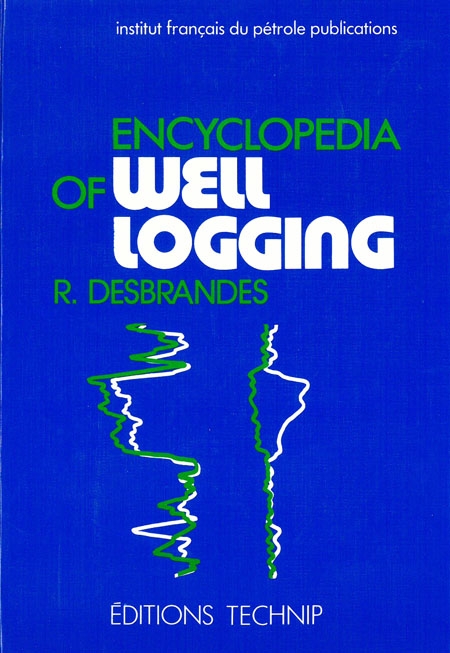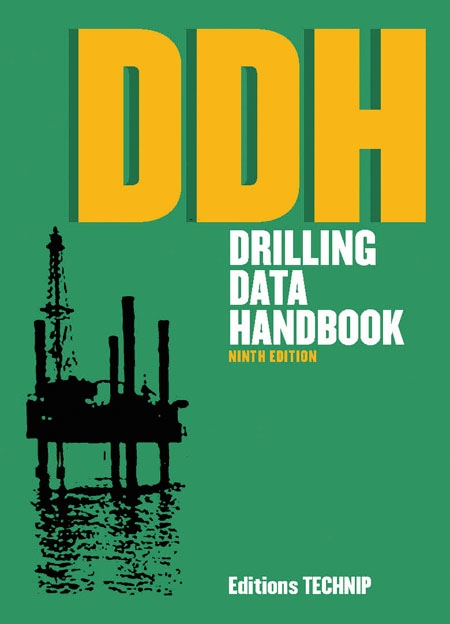Quest for Quality Data
Authors : THEYS Philippe
ISBN : 9782710809647
trade paperback 17 x 24 cm 270 pages
Publication date : February 2011
American buyers

 Add to cart 60 $ (52 €)
Add to cart 60 $ (52 €)
The Digital Oilfield is the buzzword of the oil industry in these early years of the 21st century.
Data swiftly flows to databases, moves around the world at the speed of light and can be exchanged seamlessly between all stakeholders. From time to time, for good housekeeping, data is cleansed. Many people are involved in these intermediate or final steps.
But, who cares about the real sources of oilfield data, seismic profiles, wirelines and LWD logs, drilling data and core measurements? This book expresses the real concerns about input data. It explains the inherent weaknesses of the oilfield data acquisition processes and gives recommendations on how to improve them. This quest goes through the paths of uncertainty management and elucidates the important role of the field engineers.
Contents :
1. Introduction. Part 1. Why measurements differ from reality. 2. Setting the problem with simple examples. 3. All well measurements are indirect. 4. Logging measurements do not focus on zones of interest. 5. Measurements are imprecise and inaccurate. 6. How measurements can suffer from human bias. 7. Complexity. 8. Complication. 9. WYSINWYTII. 10. Misconceptions. Part 2: Quest for quality data. 11. The different uses of logging data. 12. Brochure Specifications. 13. Quest for uncertainties: From brochure specifications to real uncertainties. 14. Deliverables. 15. Depth. 16. Hidden Treasures. 17. Contribution of the field engineer to the quality of data. 18. Drilling data. 19. Coring data. 20. Conclusions and recommendations.
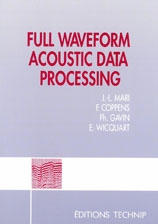 Full Waveform Acoustic Data Processing
Full Waveform Acoustic Data Processing
 Add to cart
71 $ 65 €
Add to cart
71 $ 65 €
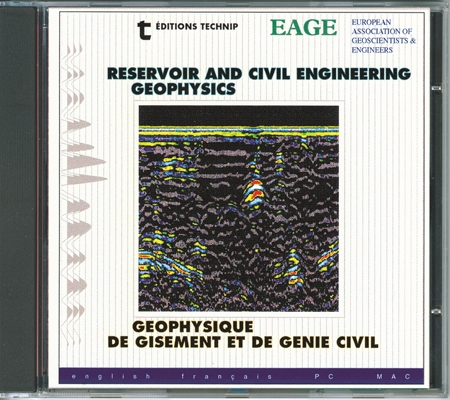 Reservoir and Civil Engineering Geophysics (CD-Rom)
Reservoir and Civil Engineering Geophysics (CD-Rom)
 Add to cart
80 $ 88 €
Add to cart
80 $ 88 €
 0
0

 Newsletter registration
Newsletter registration

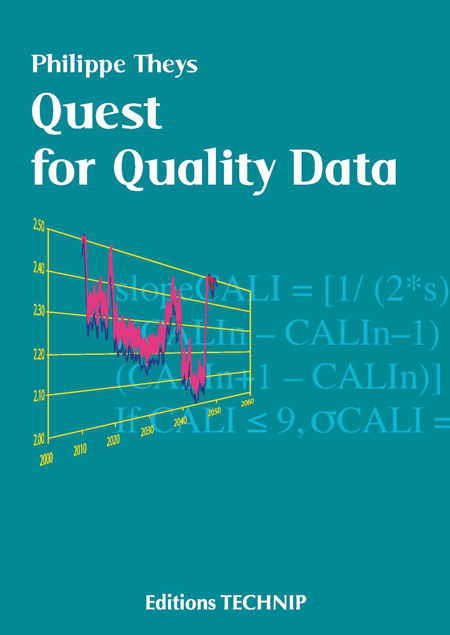
 Partager
Partager
 Tweeter
Tweeter

 Browse the book
Browse the book